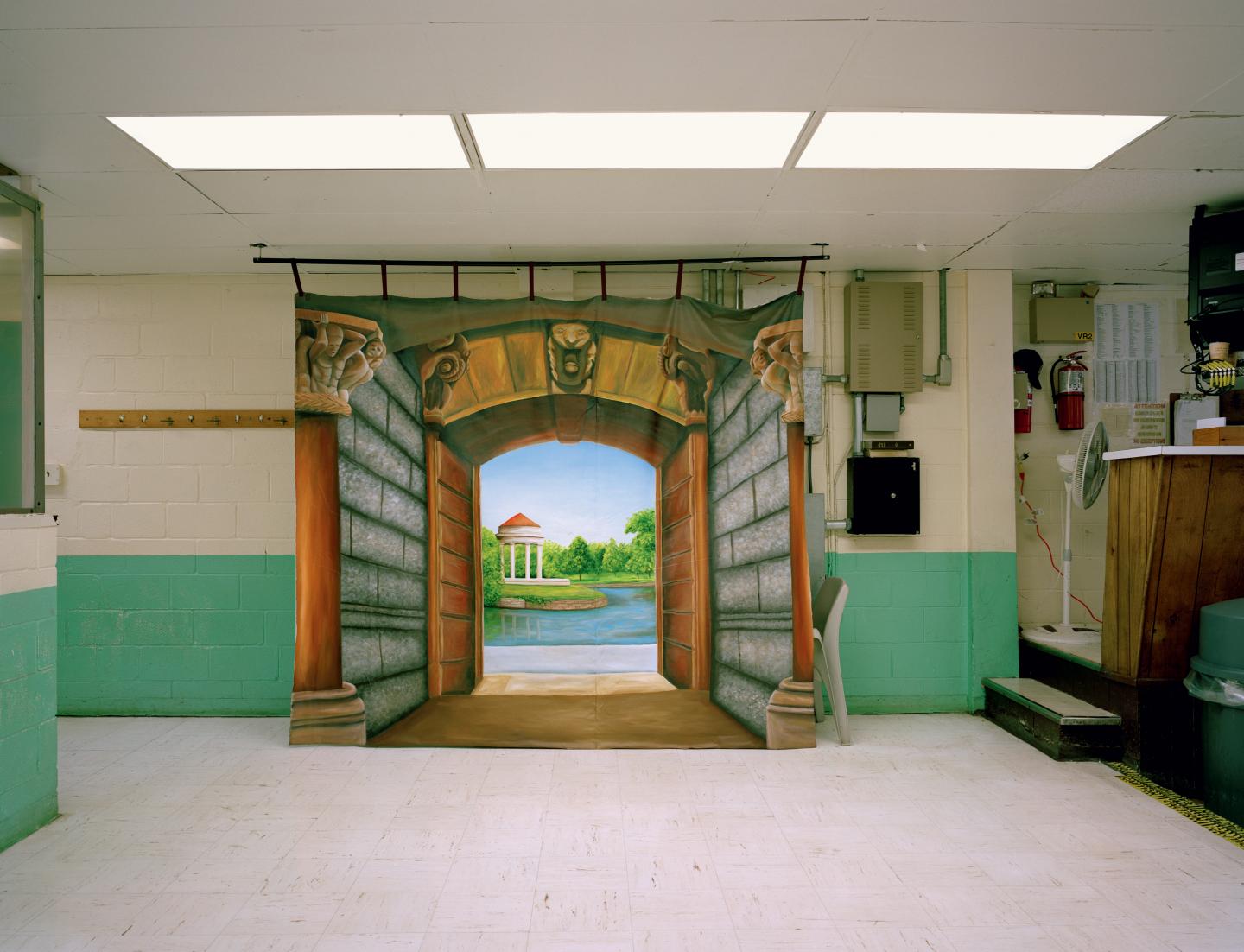What Portraits of the Incarcerated Can Tell Us About Our Human Rights
Hatty Nestor's new book Ethical Portraits examines portraiture’s central role in understanding the discriminatory nature of the US criminal justice system
Hatty Nestor's new book Ethical Portraits examines portraiture’s central role in understanding the discriminatory nature of the US criminal justice system

As a result of the privatization of prisons, greater powers of arrest for minor criminal offences, and systemic racism, the US prison population has soared from 200,000 in 1970 to nearly two million today. Hatty Nestor’s debut book, Ethical Portraits (2021), adds to the conceptual framework of debate about the prison-industrial complex and mass incarceration by examining portraiture’s central role in understanding how the criminalized are unjustly characterized in the public domain.
Ethical Portraits weaves together expanded interviews with various forms of judicial portraiture – courtroom sketches, forensic drawings, artist projects, facial-recognition technology and surveillance-camera footage – to examine the ways in which the accused are depicted, whether by artists, activist groups or state-sponsored strategies of visual representation. What starts out as an interrogation of social injustice through the portrayal of the incarcerated steadily expands into a wide-reaching conversation on mass surveillance and how it unfairly indexes criminality, targeting the most marginalized in society.

Beginning with an examination of activist and whistle-blower Chelsea Manning, Nestor lays bare how the brutal treatment of a transgender inmate is symptomatic of the widespread violence of the US justice system. Nestor interviews the artist Alicia Neal, commissioned by the Chelsea Manning Support Network to paint Manning’s rightful portrait as a transgender woman. What follows is an ethically complex journey in attempting to create a portrait of Manning that is true to her real likeness without having access to her. It calls into question the political implications of what it means to create a portrait, and how misrepresentative portrayals of prisoners reveal anew the injustice of incarceration.

Another project, Prison Landscapes (2012) by Alyse Emdur, documents the freedom-evoking backdrops, such as tropical beaches and waterfalls, which prisoners are allowed to pose in front of for photographs when family and friends visit. Inspired by her conversation with Emdur, Nestor is optimistic about the project’s role in giving prisoners visibility on their own terms but also wonders if it perpetuates ‘yearning or a false sense of hope’.

As the writer negotiates this complex moral terrain with sensitivity, asserting her understanding ‘of the fine line between “research” and voyeurism’, she implicates the reader in this very act of looking. The consequences of such representations, she suggests, should not only be the concern of artists but of all those who engage in sensationalist penal spectatorship, such as true crime dramas. Nestor makes the case for those who are rendered invisible by a system that discriminates against signifiers such as class, race and gender conformity. ‘Criminality’, she writes, ‘is the result of structural and economic oppression.’
The foreword – written by Jackie Wang, author of Carceral Capitalism (2018) – lays the foundations for a book that pays attention to the power dynamics controlling not only who of the incarcerated are seen, but how. Nestor’s research is driven by a stringent moral and ethical obligation to represent justly those who lack, and are denied, any agency to represent themselves – or to question and examine the attempts of others.
The book asks readers to sit with this question: is it possible to portray incarcerated people ethically? We might be able to say yes, but only when it’s on their terms. There are no simple answers; Ethical Portraits broadens our understanding of the implications of how those on the ‘outside’ look at those who are incarcerated, and from what purview.
Main image: Alyse Emdur, State Correctional Institution - Graterford, Pennsylvania, 2012. Courtesy: the artist




















